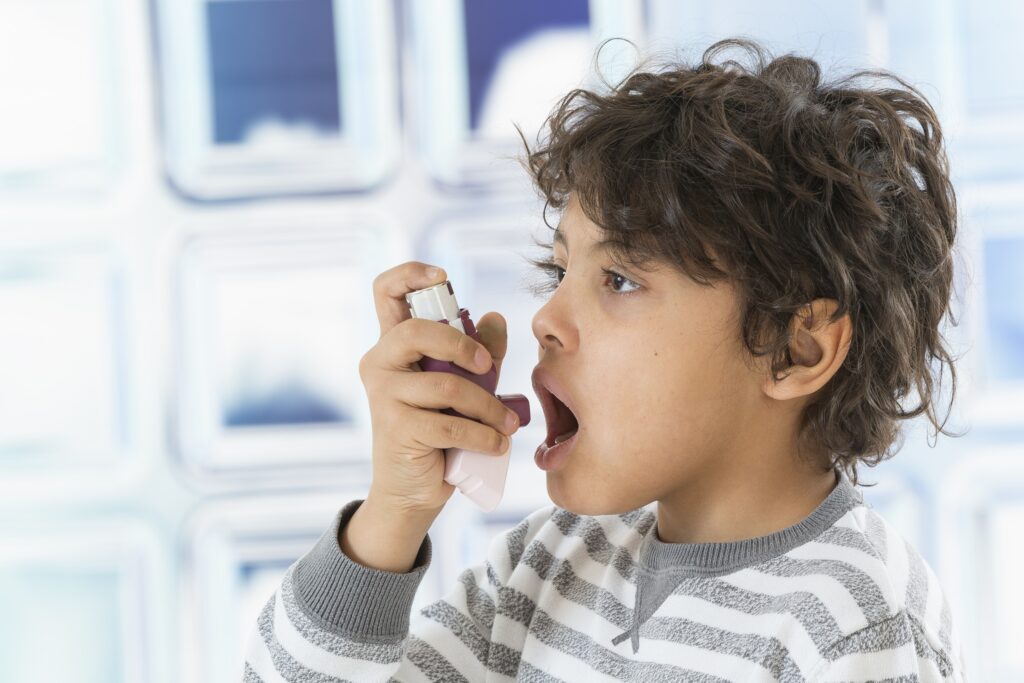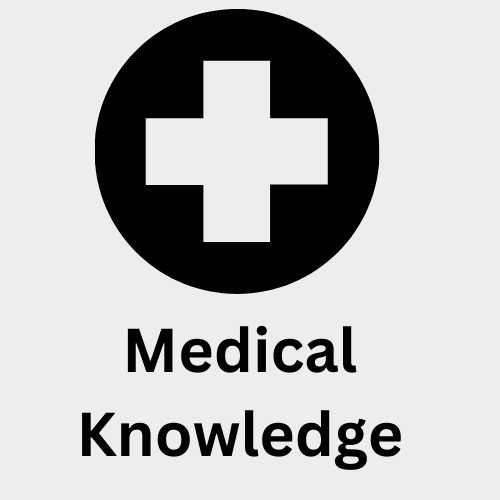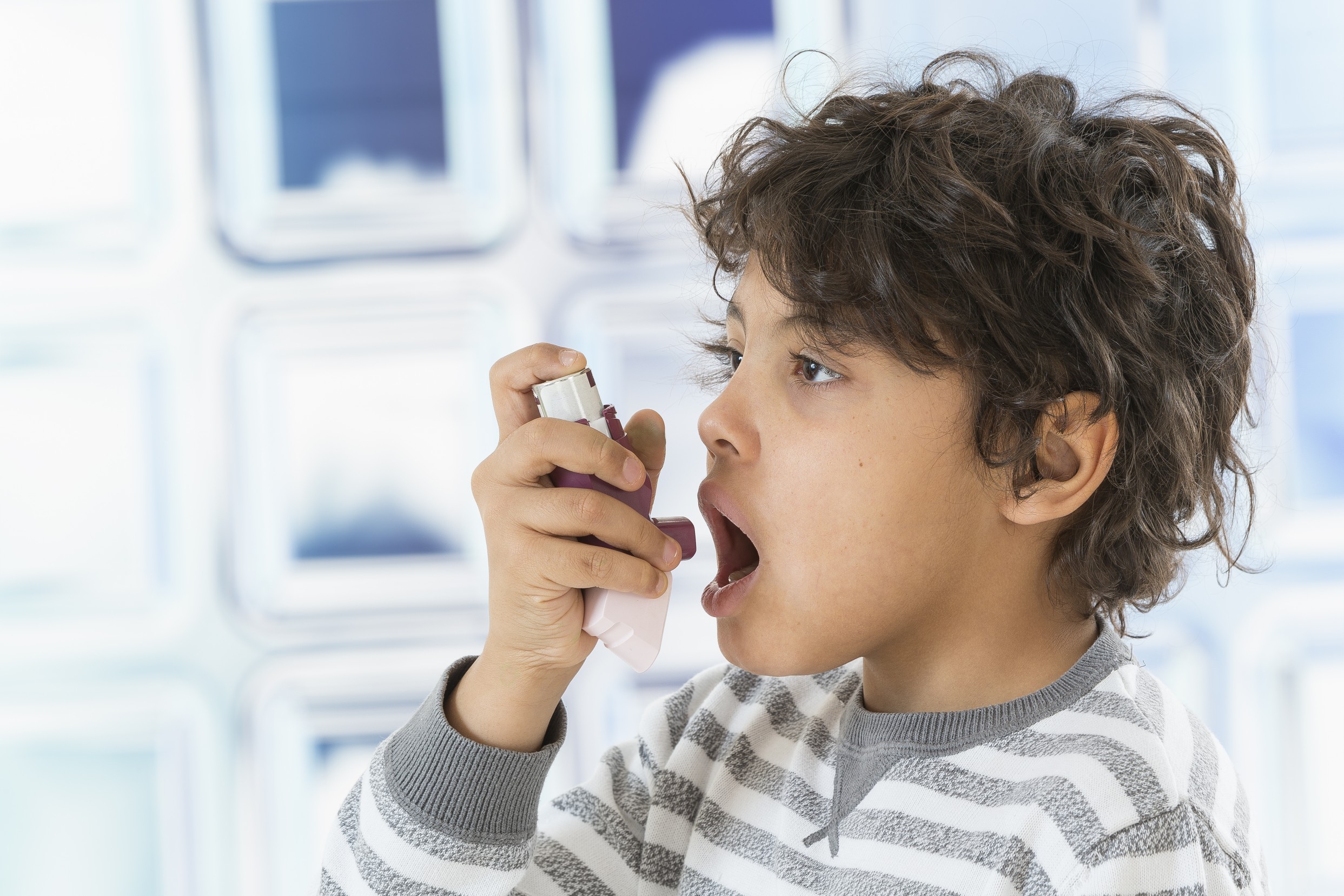Asthma is one of the most common chronic diseases in children, affecting millions of kids worldwide. It is a condition that causes inflammation and narrowing of the airways, leading to difficulty breathing. While asthma can affect individuals of all ages, it often begins in childhood, and early diagnosis and management are critical for maintaining a good quality of life for affected children.
In this article, we will explore the causes, symptoms, and the most effective management strategies for asthma in children. By understanding this condition better, parents and caregivers can take proactive steps to help children live a healthy and active life despite having asthma.
Table of Contents
- Introduction: What is Asthma?
- Causes of Asthma in Children
- 2.1 Genetics
- 2.2 Environmental Factors
- 2.3 Triggers and Allergens
- Symptoms of Asthma in Children
- 3.1 Frequent Coughing
- 3.2 Wheezing
- 3.3 Shortness of Breath
- 3.4 Chest Tightness
- Diagnosing Asthma in Children
- Management Strategies for Asthma
- 5.1 Medications
- 5.2 Avoiding Triggers
- 5.3 Monitoring Asthma
- 5.4 Creating an Asthma Action Plan
- Living with Asthma: Coping Strategies
- Conclusion: Ensuring a Healthy Future for Children with Asthma

Introduction: What is Asthma?
Asthma is a chronic respiratory condition that causes inflammation and narrowing of the airways in the lungs, making it difficult to breathe. In children, asthma often begins in early childhood, though it can develop at any age. Asthma symptoms can range from mild to severe, with flare-ups potentially causing significant discomfort or health complications if not properly managed.
While the exact cause of asthma is not fully understood, research suggests that both genetic and environmental factors play a role in the development of this condition. Asthma can be controlled with the right treatment, allowing children to lead normal, active lives.
Causes of Asthma in Children
The causes of asthma in children are multifactorial, involving a combination of genetics and environmental factors. Below are some of the primary causes:
2.1 Genetics
Asthma often runs in families, meaning children with a parent or sibling who has asthma are at an increased risk of developing the condition. Certain genetic factors may affect the immune system, making children more prone to allergic reactions, which are commonly associated with asthma. While genetics is a significant factor, it doesn’t mean that every child with a family history of asthma will develop the disease.
2.2 Environmental Factors
Environmental factors such as exposure to air pollution, smoke, dust mites, and chemical irritants can increase the likelihood of asthma development in children. Children living in urban areas with high levels of pollution are at greater risk of developing asthma. Additionally, early exposure to tobacco smoke, either during pregnancy or after birth, can significantly increase the risk of asthma.
2.3 Triggers and Allergens
Asthma symptoms are often triggered by specific allergens or environmental factors. Common triggers include:
- Allergens such as pet dander, pollen, mold, and dust mites
- Respiratory infections like colds and flu
- Air pollution and tobacco smoke
- Exercise (especially in cold, dry air)
- Strong odors (such as perfumes, cleaning products, or strong chemicals)
- Weather changes (extreme cold or heat)
When a child with asthma is exposed to these triggers, their airways become inflamed and narrowed, leading to an asthma attack.
Symptoms of Asthma in Children
The symptoms of asthma in children can vary from mild to severe and can come and go. Some children experience asthma symptoms only during physical activity, while others may have frequent symptoms throughout the day. Common symptoms of asthma in children include:
3.1 Frequent Coughing
Coughing, especially at night or after physical activity, is one of the most common symptoms of asthma. Children may also cough excessively when exposed to triggers such as allergens or cold air. A persistent dry cough is often an early sign of asthma.
3.2 Wheezing
Wheezing is a high-pitched whistling sound that occurs when breathing, especially during exhalation. This occurs when the airways become narrowed and inflamed, making it difficult for air to pass through. Wheezing is a key sign of asthma and is often heard during an asthma attack.
3.3 Shortness of Breath
Children with asthma may experience shortness of breath, particularly during physical activities, which is due to the narrowing of the airways. This may make it difficult for them to keep up with peers in sports or outdoor activities.
3.4 Chest Tightness
A feeling of tightness in the chest, as if something is squeezing or constricting the chest, is another common symptom of asthma. This may be particularly noticeable during or after physical exertion or during an asthma attack.

Diagnosing Asthma in Children
Asthma in children is diagnosed through a combination of physical examination, medical history review, and lung function tests. A healthcare provider will typically perform the following steps to diagnose asthma:
- Medical History: The doctor will ask about the child’s symptoms, including when they occur, how severe they are, and if any triggers are present. A family history of asthma or allergies is also considered.
- Physical Examination: The doctor will examine the child’s chest and listen for wheezing or other signs of airway obstruction.
- Spirometry: This test measures how much air the child can breathe in and out and how fast. It helps assess lung function and the severity of asthma.
- Exhaled Nitric Oxide Test: This test measures the level of nitric oxide in the child’s breath, which can indicate airway inflammation.
- Allergy Testing: Allergy testing may be done to identify specific triggers such as dust mites, pollen, or pet dander.
If your child’s asthma is not well-controlled, further tests or visits to a specialist (such as a pediatric pulmonologist) may be recommended.
Management Strategies for Asthma
Managing asthma in children requires a comprehensive approach that involves medications, lifestyle changes, and constant monitoring. The goal of asthma management is to prevent symptoms, avoid flare-ups, and help children live an active life without limitations.
5.1 Medications
Medications are the cornerstone of asthma management. These medications help control asthma symptoms and prevent flare-ups. They can be categorized into two types:
- Long-term control medications: These medications are taken daily to prevent asthma symptoms and reduce inflammation. Common medications include inhaled corticosteroids (ICS), leukotriene modifiers, and long-acting beta-agonists (LABAs).
- Rescue or quick-relief medications: These are used during an asthma attack to quickly relieve symptoms. Short-acting beta-agonists (SABAs) like albuterol are commonly used for fast relief.
It’s important for parents to work closely with healthcare providers to find the right medication regimen for their child.
5.2 Avoiding Triggers
Identifying and avoiding asthma triggers is essential in reducing the frequency of asthma attacks. Parents can take steps such as:
- Keep the home environment clean: Regular cleaning to reduce allergens like dust mites, pet dander, and mold can help minimize asthma triggers.
- Avoid secondhand smoke: Never allow your child to be exposed to smoke, as it can worsen asthma symptoms.
- Limit exposure to air pollutants: Try to keep your child indoors on days when air pollution levels are high or during extreme weather conditions.
- Exercise precautions: Ensure your child takes asthma medications before physical activity and wears a scarf or mask if exercising in cold, dry air.
5.3 Monitoring Asthma
Monitoring asthma is critical for ensuring that it remains under control. Parents should keep track of the child’s symptoms and medication use, noting any changes. Tools such as a peak flow meter can help monitor lung function at home and provide valuable feedback to manage asthma more effectively.
5.4 Creating an Asthma Action Plan
An asthma action plan is a personalized strategy developed by the healthcare provider to manage the child’s asthma. The plan includes:
- Daily medication regimen
- Instructions on how to manage asthma during flare-ups
- Emergency contact information
- Guidelines for recognizing warning signs of an asthma attack
Having a clear and detailed asthma action plan helps parents and caregivers respond quickly to worsening symptoms and prevent severe attacks.
Living with Asthma: Coping Strategies
Coping with asthma can be challenging for both children and their families, but there are ways to help children lead an active, healthy life:
- Encourage physical activity: While asthma can make exercise difficult, it is important for children to stay active. Work with their doctor to find appropriate activities and ensure proper medication management before physical exertion.
- Teach breathing exercises: Breathing exercises can help improve lung function and reduce the severity of asthma symptoms. Techniques such as pursed-lip breathing can help children feel more in control during an asthma attack.
- Create a supportive environment: Make sure your child’s school, sports coaches, and friends are aware of their asthma and know how to help in case of an emergency.
Conclusion: Ensuring a Healthy Future for Children with Asthma
Asthma in children is a manageable condition that, with proper care and treatment, allows children to live active, fulfilling lives. By understanding the causes, symptoms, and management strategies, parents can ensure that their children have the tools and support they need to stay healthy and avoid asthma flare-ups. Early diagnosis, avoiding triggers, proper medication use, and consistent monitoring are key to effective asthma management.
If your child shows signs of asthma or you suspect they may have the condition, consult with a healthcare provider to develop an individualized plan for managing asthma. With the right approach, children with asthma can thrive and lead a healthy, active life.


